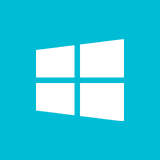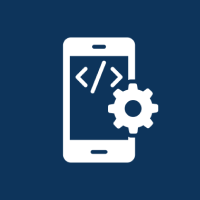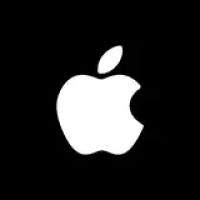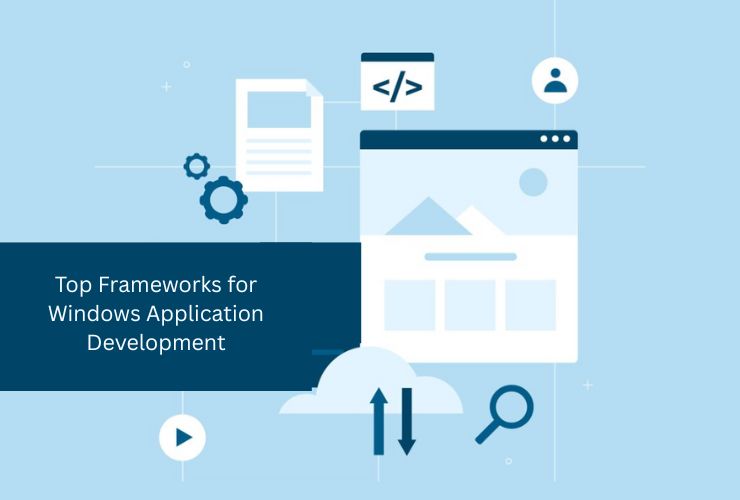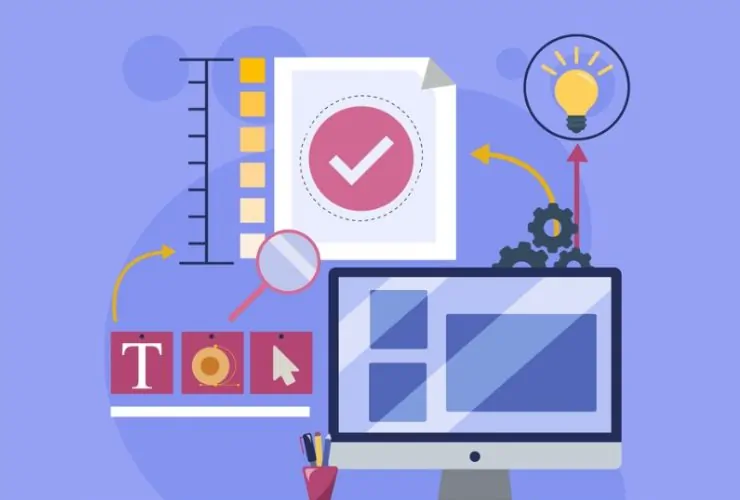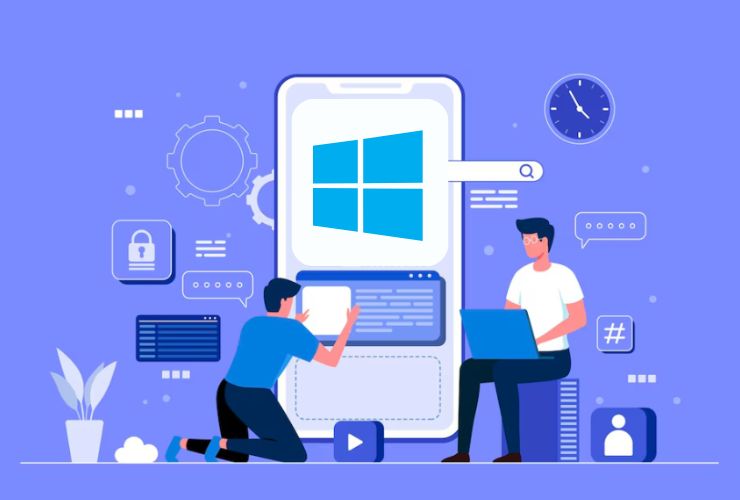With the advancement of technology, Windows app development is also changing at a rapid pace. From desktop to enterprise applications, Windows applications are breaking their traditional limits. Cloud computing, artificial intelligence, and cross-platform technologies are revolutionizing the digital world. User expectations are greater than ever before, compelling developers to innovate day by day. Therefore, today’s developers are exposed to a fast-moving and demanding environment. These gigantic transformations are revolutionizing how we create, build, deploy, and manage Windows applications.
In this blog, we’ll explore the key trends and technologies that are driving the future of Windows app development and how businesses and developers can adapt to stay ahead of the curve.
Cross-Platform Development with .NET MAUI
One of the most powerful changes in Windows app development is the move towards cross-platform solutions. With .NET MAUI (Multi-platform App UI), developers can write native apps for Windows, macOS, Android, and iOS with a single codebase. This singular development strategy slashes development cycles by a huge margin, makes it easier to maintain, and lowers costs.
Companies that must support multiple platforms gain the benefits of faster time-to-market and unified user experiences across devices. .NET MAUI also provides native integration with Visual Studio and access to native APIs, and hence it is a valuable weapon in developers’ arsenals who desire productivity as well as performance.
Cloud Integration and Azure Services
Next-generation applications are expected to be always available, scalable, and cloud-connected. Microsoft Azure has established itself as the backbone of a number of Windows applications by providing services such as serverless computing, AI/ML tools, authentication, analytics, and real-time databases.
Azure within Windows apps brings a world of opportunities—from syncing user data across devices to providing scalable backend infrastructure without having to deal with physical servers. Azure global data centers, compliance regulations, and comprehensive security capabilities make it an ideal choice for enterprise development.
AI and Machine Learning Integration
AI and ML are no longer an option—they’re essential to developing next-gen Windows apps. Developers are incorporating smart features such as natural language processing, predictive analysis, facial recognition, voice commands, and automated workflows into apps.
For instance, a business dashboard can employ AI to interpret business trends and provide predictive information, whereas a productivity app for an individual can employ machine learning to automate mundane tasks. These intelligent features not only enhance functionality but also provide a very personalized experience that users have come to expect.
Progressive Web Apps (PWAs) for Windows
Progressive Web Apps are a new trend that combines the strengths of web and native apps. PWAs can be used offline, load instantly, and be installed on desktop platforms such as Windows. With standard web technologies—HTML, CSS, and JavaScript—developers can create responsive, fast, and reliable apps while still enjoying native features.
With native Windows support, PWAs can show up in the Microsoft Store, have live tiles, notifications, and even run in their own window like a normal desktop application. This makes them perfect for startups, small businesses, and even big enterprises who want to distribute low-maintenance and lightweight applications.
Highlight UI/UX with Fluent Design
User experience is at the heart of app success, and Microsoft’s Fluent Design System is leading the way in beautiful, contemporary Windows apps. Fluent Design is centered on clarity, depth, motion, and light to enable users to enjoy smooth transitions, easy navigation, and harmonious layouts.
With users engaging with more advanced software on different devices, consistency and beauty are to be expected from Windows applications too. Designers can create interfaces that are new, modern, and in-sync with current expectations by applying Fluent Design guidelines. This elevates the user retention rate and engagement.
Emphasize Security and Compliance
With cybersecurity and data protection regulations getting tighter, the developers will have to accord maximum importance to security across every aspect of app development. Future Windows applications will come with multi-factor authentication, biometric authentication controls, real-time threat detection, and end-to-end encryption.
Adherence to standards such as GDPR, HIPAA, and ISO certifications is no longer a choice, particularly for apps that deal with sensitive information. The future is about creating apps that are not only secure but also open about how they process and secure user data.
Emergence of Low-Code and No-Code Development
Low-code and no-code tools like Microsoft Power Apps are taking app development for Windows mainstream. They allow business analysts, marketers, and other non-technical users to develop productive apps using drag-and-drop interfaces and little coding.
More organizations will turn to these platforms in the future to rapidly build internal applications, automate business processes, and relieve pressure from IT departments. For developers, it will mean focusing on more sophisticated, high-value projects and freeing others to contribute to the software base.
DevOps and Continuous Integration/Deployment
Seamless delivery of software is equally important as the application itself. CI/CD (Continuous Integration and Continuous Deployment) pipelines, with assistance from DevOps, are now the focus for Windows development nowadays.
These practices allow teams to deploy updates quicker, identify bugs early, automate testing, and deliver software of high quality continuously. Platforms such as Azure DevOps and GitHub Actions facilitate easier management of the development lifecycle, from coding through monitoring and everything in between.
Conclusion
The future of Windows app development goes beyond just building applications—it’s about creating intelligent, connected, and efficient user experiences. Technologies like .NET MAUI, Azure, AI, and PWAs are reshaping how developers approach app creation. Low-code platforms are also empowering faster, more accessible development to meet growing demands.
For organizations, staying ahead means embracing innovations in app development. This ensures their apps are secure, scalable, user-focused, and future-ready.. For programmers, it is a thrilling era with great resources and the capacity to redefine possibilities on Windows.
By embracing these trends and driving change, businesses and developers can future-proof their applications. This ensures they remain relevant, competitive, and impactful for years to come.


